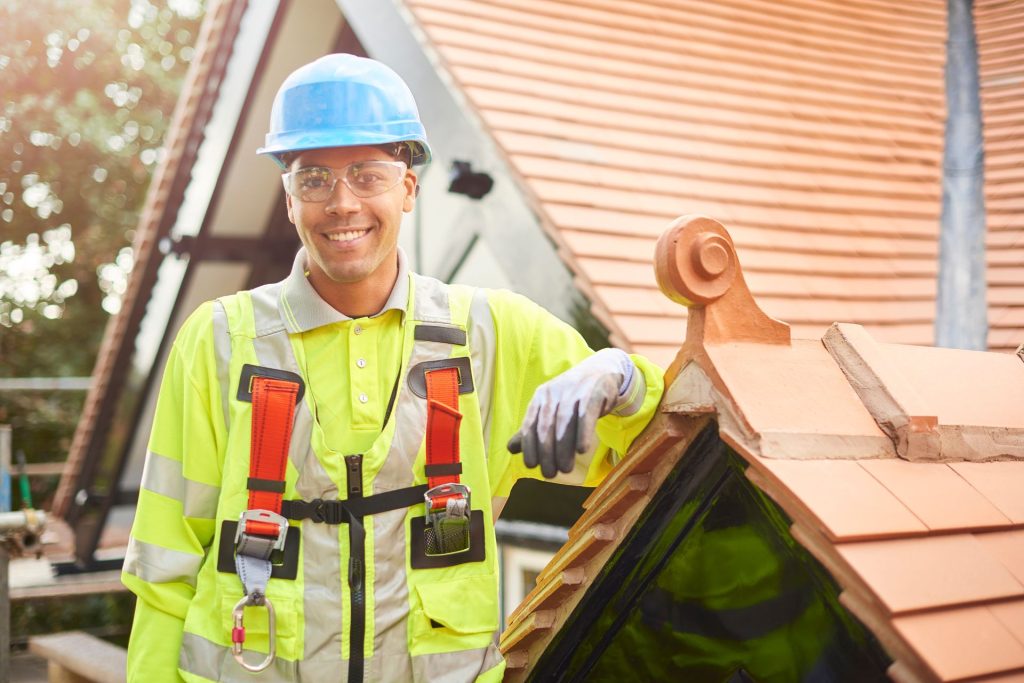Keep Dry Roofing LLC: Shielding Your Home with Superior Roofing Services
Wiki Article
Ultimate Checklist for Examining the Condition of Your Roof and Identifying Prospective Issues
By complying with a comprehensive checklist tailored to evaluate the different components of your roof covering, you can get important understandings right into its present state and preempt any type of upcoming troubles. This aggressive method not only guarantees the long life of your roofing but additionally contributes to keeping the architectural honesty of your home.
Roof Assessment Devices
When performing a thorough assessment of a roof, utilizing suitable roofing system evaluation tools is necessary for precise examination and evaluation. These tools aid in discovering prospective issues, analyzing the overall problem of the roof covering, and establishing the essential upkeep or repair services needed. Among the key devices utilized in roofing system evaluations is a moisture meter, which aids recognize areas of trapped moisture within the roof covering layers that might suggest leaks or water damages. Infrared thermography cams are also valuable as they can detect temperature level variations that may signify insulation issues or leaks not noticeable to the naked eye. Additionally, drones furnished with high-resolution cameras offer bird's-eye views of the roof covering, enabling inspectors to analyze hard-to-reach areas safely.

Moreover, an electronic camera or mobile phone is vital for documenting the examination process, capturing pictures of any kind of damages or locations of problem for further assessment. Other devices such as field glasses, roof covering probes, and safety and security devices like ladders and harnesses are essential for a detailed and risk-free roof covering examination. By making use of these devices properly, assessors can perform thorough assessments, identify issues promptly, and advise proper options to preserve the roofing's stability.
Exterior Roof Evaluation
To thoroughly examine the condition of a roof covering system, an exterior roof covering examination is important to evaluate the surface for indications of wear, damages, or possible problems. Throughout an exterior roofing evaluation, it is vital to start by taking a look at the tiles or roof product.
Examine the overall sanitation of the roofing system, as debris build-up can retain dampness and speed up roof damage. By carrying out a thorough outside roof analysis, property owners can identify and deal with potential concerns prior to they rise into pricey repair services.
Interior Ceiling Analysis
Upon going into the interior space, a comprehensive analysis of the ceiling is necessary to identify any signs of water damage, leakages, or architectural problems. Begin by visually inspecting the ceiling for any staining, sagging, or peeling paint, as these can suggest water seepage from the roofing system. Any kind of mildewy odors or additional hints dampness in the air need to likewise raise concerns concerning potential roof covering concerns.
Attic Evaluation
An extensive inspection of the attic room is vital in assessing the total problem and efficiency of the roof system. The attic works as a vital part of the roof, providing understandings into potential concerns that may not show up from the exterior or inside of the house. Throughout the attic assessment, it is necessary to examine for indications of water damages, such as water spots, mold and mildew growth, or deteriorating wood, which might show a leak in the roof covering. Additionally, evaluate the insulation for any indications of deterioration or compression, as appropriate insulation is crucial for preserving power performance and stopping ice dams. Seek sufficient air flow to make certain that excess heat and wetness are being effectively ventilated out of the attic to avoid moisture-related troubles. Analyze the attic framework for any kind of indications of drooping or damages, as these concerns could compromise the stability of the entire roof system. Consistently assessing the attic room can aid identify potential roofing problems at an early stage, enabling for prompt repair services and upkeep to extend the life expectancy of the roofing.Attending To Common Roof Troubles
One of the most frequent issues property owners deal with is a leaking roof covering, frequently triggered by damaged or missing roof shingles, incorrect setup, or worn-out blinking. One more typical issue is roofing air flow problems, which can lead to excess warm and moisture buildup in the attic, causing early damage of the roof products. Furthermore, the build-up of debris such as fallen leaves, branches, or snow on the roof covering can obstruct drain systems and lead to water pooling, which may ultimately cause roofing system leaks or architectural damages.Conclusion
Finally, a comprehensive evaluation of your roof is important to determine prospective problems Web Site and guarantee the overall problem of your roofing. By using the ideal tools and conducting outside, inside, and attic room assessments, common roof issues can be dealt with without delay. Routine maintenance and timely repairs can assist prevent considerable damage and lengthen the life expectancy of your roof.One of the main tools utilized in roof assessments is a moisture meter, which assists determine areas of caught dampness within the roofing layers that can suggest leakages or water damage. Other tools you could try these out such as field glasses, roof probes, and safety and security equipment like harnesses and ladders are crucial for a safe and detailed roof covering evaluation.To extensively evaluate the condition of a roof covering system, an outside roofing system examination is crucial to examine the surface for indicators of wear, damages, or possible issues. Evaluate the general sanitation of the roof covering, as debris buildup can keep wetness and increase roof damage. Keep Dry Roofing LLC. Additionally, the buildup of particles such as leaves, branches, or snow on the roof can block drainage systems and lead to water pooling, which might eventually trigger roof covering leakages or architectural damages
Report this wiki page